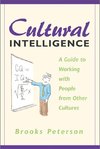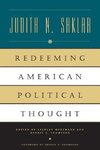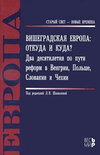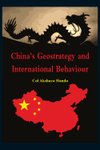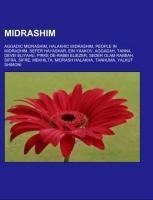
-
 Anglický jazyk
Anglický jazyk
Midrashim
Autor: Source: Wikipedia
Source: Wikipedia. Pages: 39. Chapters: Aggadic Midrashim, Halakhic Midrashim, People in Midrashim, Sefer haYashar, Ein Yaakov, Aggadah, Tanna Devei Eliyahu, Pirke De-Rabbi Eliezer, Seder Olam Rabbah, Sifra, Sifre, Mekhilta, Midrash halakha, Tanhuma, Yalkut... Viac o knihe
Na objednávku
14.76 €
bežná cena: 16.40 €
O knihe
Source: Wikipedia. Pages: 39. Chapters: Aggadic Midrashim, Halakhic Midrashim, People in Midrashim, Sefer haYashar, Ein Yaakov, Aggadah, Tanna Devei Eliyahu, Pirke De-Rabbi Eliezer, Seder Olam Rabbah, Sifra, Sifre, Mekhilta, Midrash halakha, Tanhuma, Yalkut Shimoni, Alphabet of Akiba ben Joseph, Midrash Tehillim, Sifre Zutta, Mekhilta de-Rabbi Shimon, Pesikta de-Rav Kahana, Midrash ha-Gadol, Shir ha-Shirim Zutta, Midrash Aseret ha-Dibrot, Pesikta Rabbati, Shi'ur Qomah, Midrash Proverbs, Midrash Shmuel, Midrash Hashkem, Mekilta le-Sefer Devarim, Tseno Ureno, Midrash Jonah, Midrash Vayisau, Jewish mystical exegesis, Midrash Iyyob, Targum Sheni, Abba Yossi, Midrash Abba Gorion, Midrash Yeshaya, Devarim Zutta. Excerpt: Midrash (Hebrew: ¿; plural midrashim, lit. "to investigate" or "study") is a homiletic method of biblical exegesis. The term also refers to the whole compilation of homiletic teachings on the Bible. Midrash is a way of interpreting biblical stories that goes beyond simple distillation of religious, legal or moral teachings. It fills in many gaps left in the biblical narrative regarding events and personalities that are only hinted at. According to the PaRDeS approaches to exegesis, interpretation of Biblical texts in Judaism is realized through peshat (literal or plain meaning, lit. "plain" or "simple"), remez (deep meaning, lit. "hints"), derash (comparative meaning, from Hebrew darash-"to inquire" or "to seek") and sod (hidden meaning or philosophy, lit. "secret" or "mystery"). The Midrash concentrates somewhat on remez but mostly on derash (Some thinkers divide PaRDeS into pshat, remez, din (law) and sod. In this understanding, midrash aggada deals with remez and midrash halakha deals with din). Many different exegetical methods are employed to derive deeper meaning from a text. This is not limited to the traditional thirteen textual tools attributed to the Tanna Rabbi Ishmael, which are used in the interpretation of halakha (Jewish law). Presence of apparently superfluous words or letters, chronology of events, parallel narratives or other textual anomalies are often a springboard for interpretation of segments of Biblical text. In many cases, a dialogue is expanded manifold: handfuls of lines in the Biblical narrative may become long philosophical discussions. It is unclear whether the Midrash assumes these dialogues took place in reality or if this refers only to subtext or religious implication. Many midrashim start off with a seemingly unrelated sentence from the Biblical books of Psalms, Proverbs or the Prophets. This sentence later turns out to metaphorically reflect the content of the rabbinical interpretation offered. This strategy is used particularly i
- Vydavateľstvo: Books LLC, Reference Series
- Rok vydania: 2020
- Formát: Paperback
- Rozmer: 246 x 189 mm
- Jazyk: Anglický jazyk
- ISBN: 9781157069331
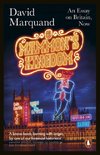
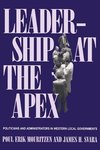
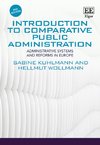


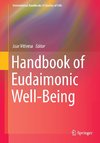
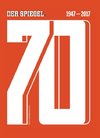
 Nemecký jazyk
Nemecký jazyk 
 Ruský jazyk
Ruský jazyk 
